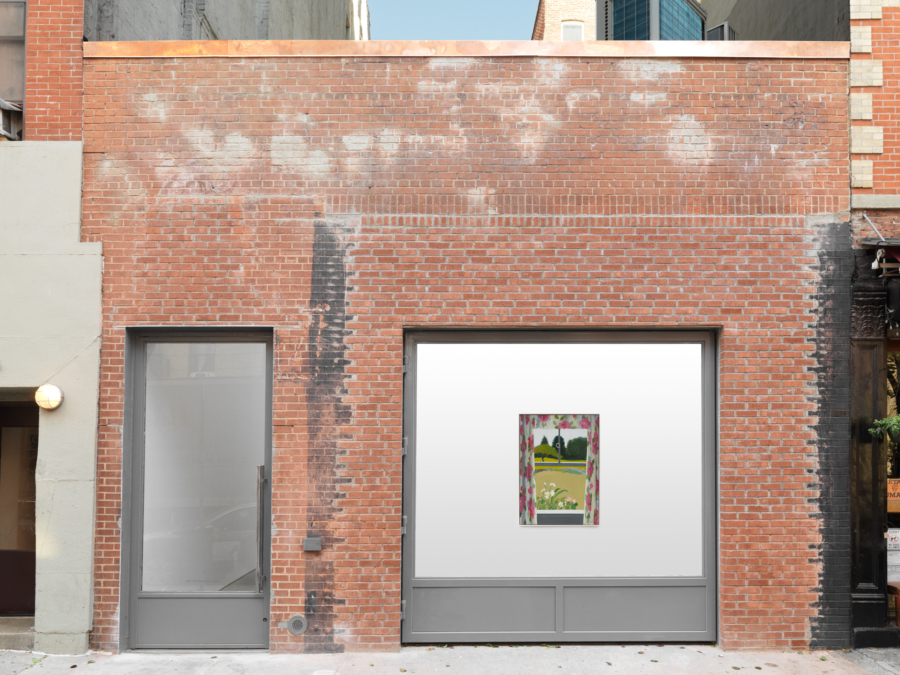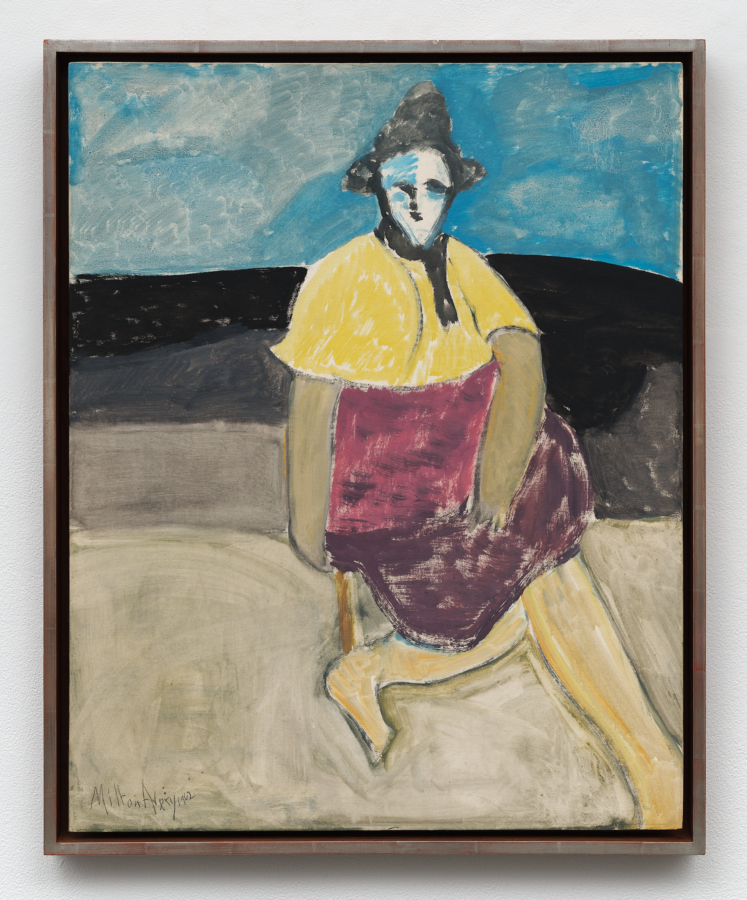Xiao Jiang
By the Window
April 11–May 23, 2025
Opening reception Friday, April 11, 6–8 pm
Karma
7351 Santa Monica Boulevard
Los Angeles
Xiao Jiang
By the Window
April 11–May 23, 2025
Opening reception Friday, April 11, 6–8 pm
Karma
7351 Santa Monica Boulevard
Los Angeles
Karma presents By the Window, an exhibition of paintings by Xiao Jiang, open from April 11 to May 23, 2025, at 7351 Santa Monica Boulevard, Los Angeles.
Xiao’s oil paintings depict scenes from his life—primarily landscapes and interiors—in the silent language of color and form. Subtle chromatic shifts in planar shapes structure many of his compositions, evincing the poetic sensitivity of his minimalist realism, which draws as much on the Chinese Literati painting tradition as on the mysterious interiors of Edward Hopper. The particular qualities of Xiao’s surfaces—their warp and weft, their visceral texture—come from his use of burlap as a substrate. Embracing the coarseness of his material, he works slowly, building layer upon layer. “I paint in and paint out,” he explains, “continuously refining the image, gradually discovering the final result through the process.” In By the Window, Xiao sets off eternal, atemporal landscapes with a new attentiveness to specific, fleeting moments that dissipate as quickly as they arrive. The warm light of the sun at dawn and dusk tinges his formerly cool-toned scenes with orange; looser brushstrokes leave evidence of his painting process on the surface of images; instead of always standing still, time races on and everyday moments of transcendence slip into the past.
The artist was born and raised among the thickly forested parallel ridges of China’s Jinggang mountains, and while he now lives in Shanghai, the peaks of his childhood remain his perennial subjects. Boundless landscapes like the one in the triptych Mountain After Mountain (2024) are in direct dialogue with handscrolls from China’s Sung dynasty; as in iconic works by Fan Kuan, Guo Xi, and Jing Hao, a road traversing the space draws the eye along the canvas, inviting the viewer into the landscape. The calligraphic strokes used by Xiao in these recent paintings are more gestural than in previous works, revealing a new spontaneity and confidence that further connects his brushwork to the markmaking styles, known as bimo, of his Literati forebears. At the same time, his sharply geometric peaks flatten the work into shards that press up against each other and the picture plane in a manner reminiscent of Cézanne’s pre-Cubist treatment of his beloved Mont Sainte-Victoire. His increased use of the palette knife to manipulate oil paint in large, dark expanses emphasizes the viscous body of his paint. In Scenery at the Summit (2025), the artist’s keen understanding of how color changes through the prism of distance, honed over more than a decade of painting mountains, allows him to create receding space primarily through the transition over a succession of ridges from green to washed-out lavender. In the Chinese landscape painting tradition, mountain peaks, reaching high into the heavens, signify the retreat from worldly affairs into intellectual and spiritual concerns. Xiao’s mountains offer a similar sense of sublimity.
The artist also finds moments of quiet in urban life, far from the natural splendor of Jinggang—eating breakfast, sitting in front of an open window, and visiting with a friend are all contexts for reflection. In Little Park (2025), his brushstrokes swirl in circles and highlight the burlap’s textured fibers, describing the contours of trees, bushes, and apartment complexes in the distance. Emeralds and reds convey shadows and light. In Xiao’s interiors, as in his landscapes, figures stand with their backs to the viewer, gazing out of windows or looking off at something just out of frame. Their anonymity forecloses narrative, reorienting focus onto the environments and the hushed force of Xiao’s sense of color. The studio, a recurrent subject, rivals the mountains as a space of retreat. The hatched brushstrokes of Painting (2024) depict a painter at his easel. This self-reflexive image of the artist at work, creating his own world from a blank canvas, while a painting of a window sits on an easel behind him, affirms the medium’s ability to transport us somewhere far from here.



